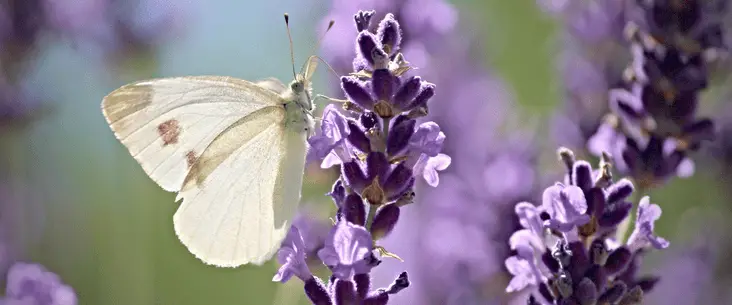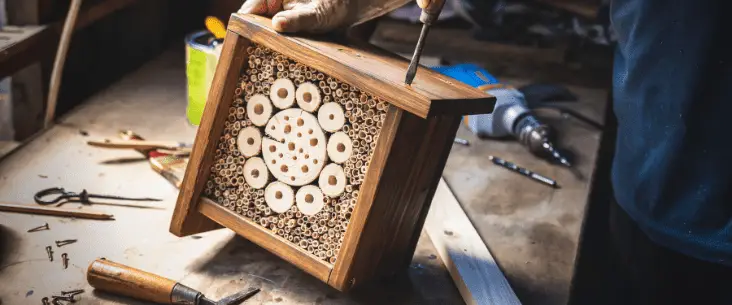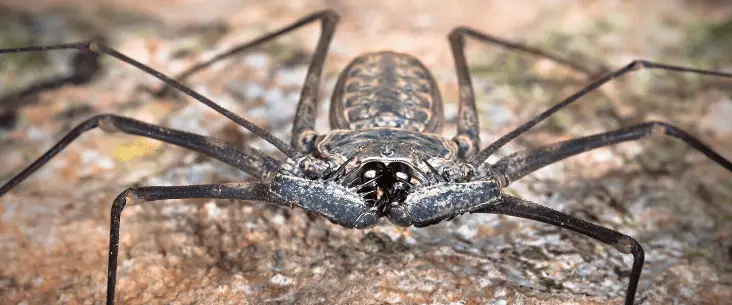Insects make up approximately 75% to 80% of all animals on earth. In fact, all insect body weights combined weigh 300 times more than all humans combined. Ants alone weigh in total more than humans. If for some reason insects suddenly evolved into larger beings and decide to go to war with us humans, there is no shred of doubt that humans will be annihilated.
Insects exist in astonishing numbers. On average, around 65,000 insects can be found on every square meter. To put that in perspective, at most 9 children fit on one square meter. But why are insects so successful animals?
The success and the remarkable amount of insects are due to their ability to colonize a high diversity of niche environments. Success factors that contribute to this fact are reproduction potential, survival potential, and genetic diversity and adaptation to make most of their environment. Because of this insects comprise around 70-80% of all known animal species on earth.
In this series of Backyard Bugs, we explore wild bugs and how you can provide a better living for them with simple things. The world population of insects and related bugs is rapidly declining. Their important role in the sustainability of life and the future of our planet is often underestimated. This series is to stimulate more and more people to be aware, to act and provide a better environment for these important creatures. We partner with companies that offer products that we think are great for you to use, and that can help you achieve your goals. If you purchase through our partner links, we get paid for the referral at no additional cost to you! Please read our disclaimer for more info.
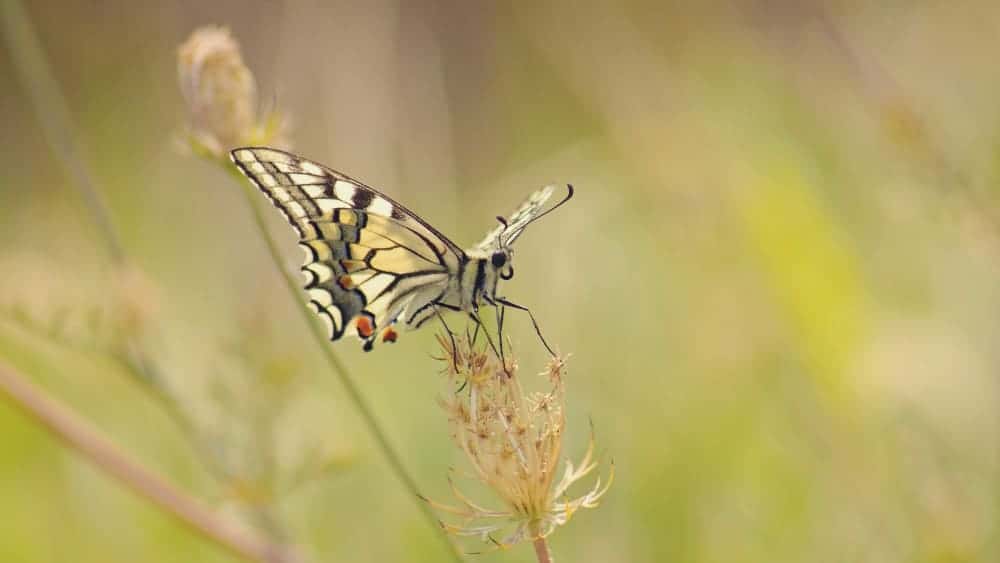
| Taxonomic groups | Number described | Total estimated number |
|---|---|---|
| Insects | ~1,000,000 | ~5,000,000 |
| Other invertebrates | ~360,000 | ~1,750,000 |
| Fish | 31,153 | ~40,000 |
| Birds | 9,990 | ~10,000 |
| Reptiles | 8,734 | ~10,000 |
| Amphibia | 6,515 | ~15,000 |
| Mammals | 5,487 | ~5,500 |
“We may have to accept that it’s insects, not us humans, that are the true conquerors of the planet”
Insects — What makes them so successful?
It will now be clear that insects are the most abundant and most diverse taxonomic group of animals on our planet. Insects have survived four major cataclysms that caused worldwide extinctions. But then, what makes them so successful?
Reproduction potential
One characteristic of insects is their reproduction potential. Generally, insects have a high reproduction rate. Many female insects species produce many offspring (around 100-500 per female). Secondly, these new offspring rapidly develop to maturity, where they can breed again to make more offspring.
If there were no mortality and predation, with this quick reproduction of insects, the mass of insects would soon be larger than the earth itself. Luckily there is enough predation and mortality; otherwise, planet earth could not survive such an amount of insects.
Survival potential
Insects have also developed many ways to increase their survival. One characteristic is their exoskeleton. This exoskeleton protects insects from physical and chemical attacks. It is also coated with wax to protect insects from desiccation. And exoskeleton makes them relatively very strong. Many insects can lift or carry objects many times heavier than their own body weight.
But is also the morphological adaptations of insects that make them so successful. Think of their camouflage and mimicry. No animal on the planet has developed these adaptations and skills so well as insects do.
And it is not only their camouflage that makes them well to survive. The adaptations to the mouthpart make them thrive among many diet niches. This way there is less competition for the same food source, even when they are with so many. These mouthparts can consume almost anything: some chew on foliage, some piercing-sucking for blood or plant juice, some have coiled sucking mouthparts to reach flowers, and others developed sponging-sucking for absorbing liquids.
Although they are low in the food chain, these adaptations make them have high survival potential and therefore very successful.
Genetic diversity and adaptation
With the combination of high reproduction potential, survival potential and relatively short lifecycles create large and diverse populations of insects. And these factors also contribute that insects can adapt rather quickly when the environment changes. This highly contributes to their success and the immense amount of insects colonizing every inch of our (terrestrial) planet.
Insects also have another adaptation that contributes to their success. Although insects can not regulate body temperature, insects can still survive in niches with hot or freezing temperatures. Insects are adapted to prevent desiccation or freezing, which includes the accumulation of high levels of alcohol-based substances such as glycerol or sorbitol in certain organs.
And don’t forget their ability to fly (or at least most insects). Insects are the only invertebrates that can fly. Only birds and bats have also possed this ability. Flight provides a huge advantage for escaping predation, foraging over greater distances, colonizing new areas and/or exploiting new resources.
Insects are not only abundant and adapted well to all sorts of niches; they also play an important role in ecology, for us and the planet. But why are insects so important?
“We need to accept that we humans need insects more than insects need us”
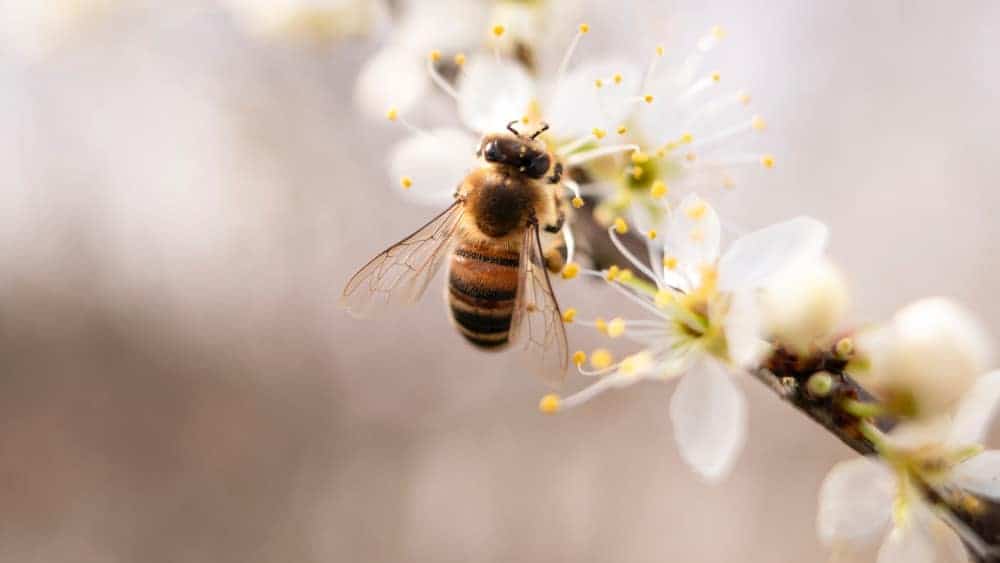
Why are insects important?
Don’t underestimate the importance of insects. At this moment we become more and more aware that the loss and decrease of insect population have disastrous consequences for our planet. But why is that? Why are insects important to us and the planet?
90% of insects are harmless to us, and even (indirect) beneficial to us
Many people dislike insects or even have a phobia for (certain) insects. However, more than 90% of insects are harmless to us. They don’t pose any danger or can’t harm us. In fact, insects are incredibly beneficial, and we (and our planet) are dependent on them: They cycle nutrients, disperse seeds, maintain soil structure, control populations of other animals and are a major food source.
But why are some insects such a pest? Well, most major pest insects are non-native species that have been introduced to an ecosystem that haven’t the natural biological control agents (predators). This has led to the creation of a bad image of insects.
80% of plants are flowering plants and are dependent on pollinators
All our food is directly or indirectly dependent on insects. 80% of all plants are flowering plants and only survive and thrive because they are pollinated mainly by insects. Nuts, fruits, vegetables, rice are there because insects have pollinated these plants. And what about meat? Well, what are all our livestock eating? Right, plants! You get the picture, right?
The cleanup crew of our planet exist of insects
However, that is the most visual role of insects. But many insects also play an important role in the cleanup of organic matter on our planet. Fallen leaves, dead trees, dead animals. Insects recycle this into precious nutrients which are given back into the soil. Their new life will start again. Therefore, insects are the backbone of our living planet.
“People gladly imagine a life without insects. But if ants, bees and termites alone were removed from the earth, terrastrial life would probably collapse.”
Grimaldi & Engel — Evolution of the insects
Recommended read: How to make your garden a home for insects with 9 practical tips.
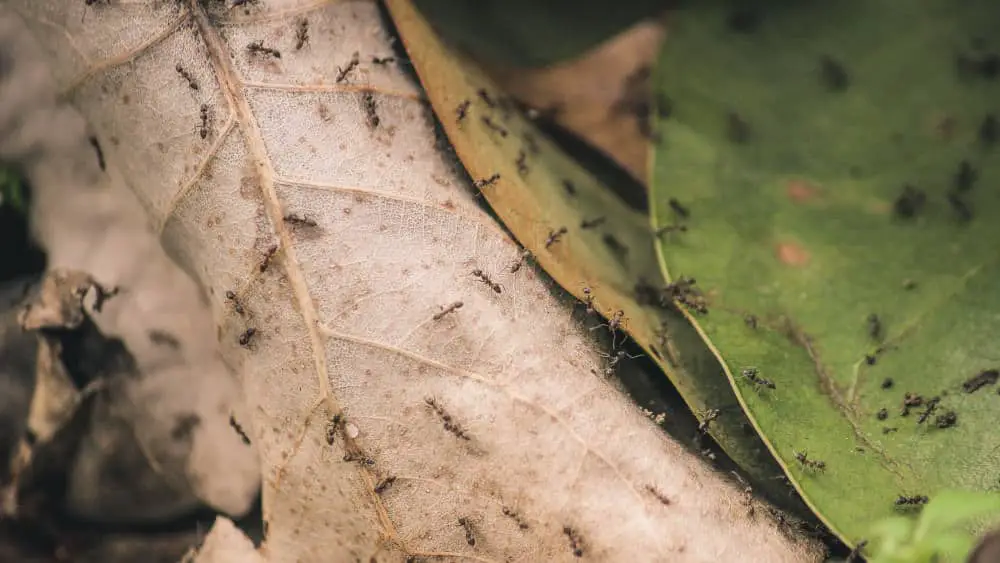
What happens when all insects disappear?
Many people would like a life without insects. The insect pests in your house (fruit flies, ants), the flies on your auto window after a drive, the wasps and flies surrounding you when eating. They can be a real annoyance. But what happens when all insects disappear?
Insects hold the food chain together. If we lost all insects we lose 80% of our plants, so we lose many of our food sources such as grain, fruits and vegetables.
That’s not all; many animals are directly feeding on insects and will soon starve to death. And eventually, animals that feed on animals that eat insects will also have no food anymore. Besides, our cattle won’t survive either, because they feed on plants that are dependent on insects as well.
Also, piles of organic waste will stack up, because insects play a crucial role in decomposing all this waste to beneficial nutrients: organic matter, dead plants and dead animals.
However, research shows that we are already well underway decreasing insect populations at such levels that it may soon affect the consequences described above. For example, think of bees. In the U.S. alone, the bee population has declined between 60% and 90% because of habitat loss and pesticides. Bees are a good metric to understand the impact on other insects as well. The cartoon below also illustrates nicely what is happening.

But what if all humans disappeared? The video below nicely illustrates what would happen if we humans would disappear. If insects disappeared, the planet would die, and most lifeforms will collapse. If humans disappear, the planet will recover within an estimated 25,000 years.
Why do I recommend you to keep bugs as a pet?
Besides the many benefits of keeping insect and other bugs over other conventional pets like cats, dogs and guinea pigs, there is a more fundamental thought: You only respect and protect what you know and value.
Understanding the way insects and bugs live also creates understanding and respect for these animals and their role in nature. You can learn a lot about bug pets, and it is a good way to be responsible for these critical lifeforms. They are not only successful but also important for us.
Because they are rather easy to keep, they also make great pets for kids. Read in this article why every kid should have a bug pet.
Share this page!

